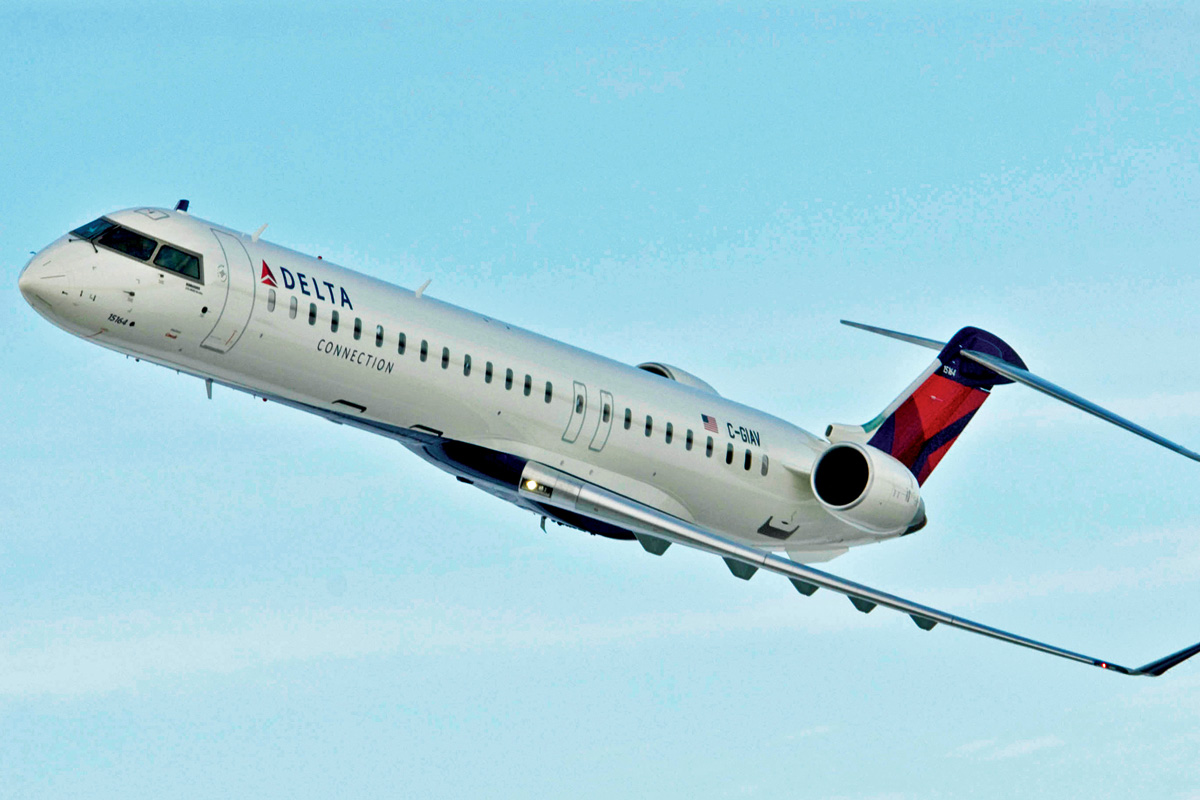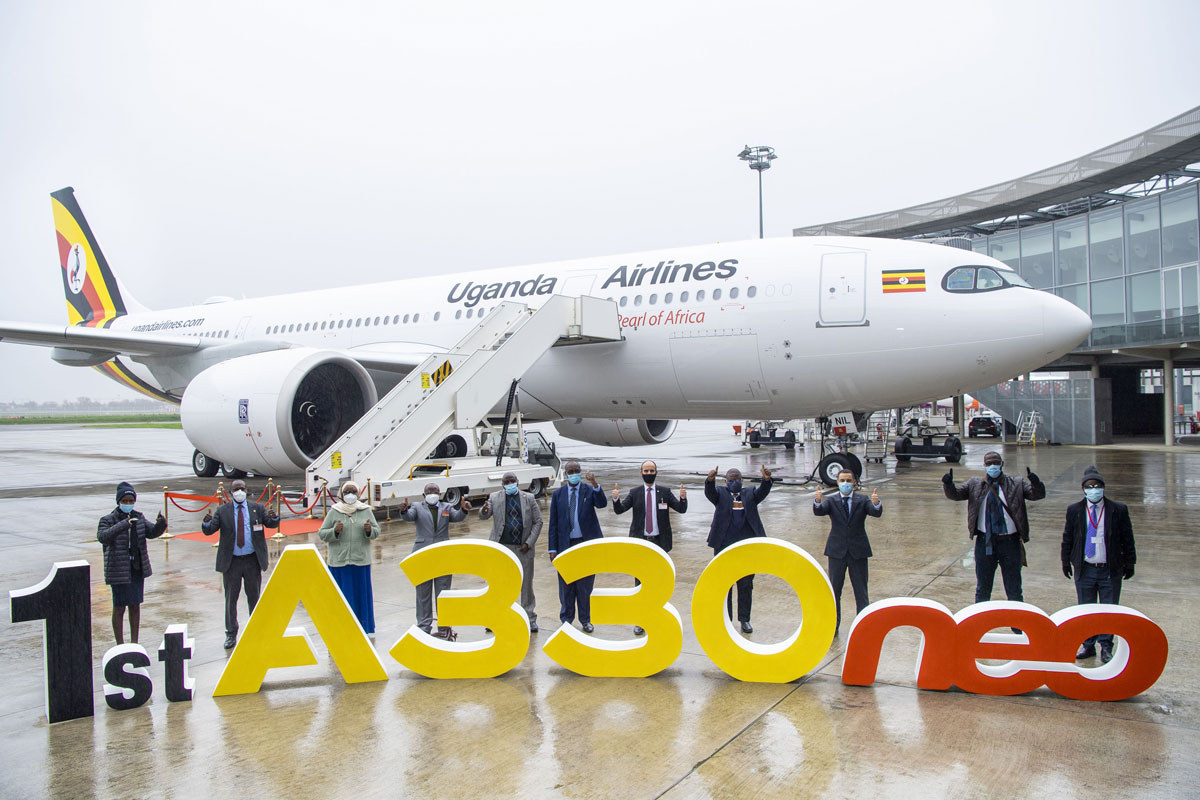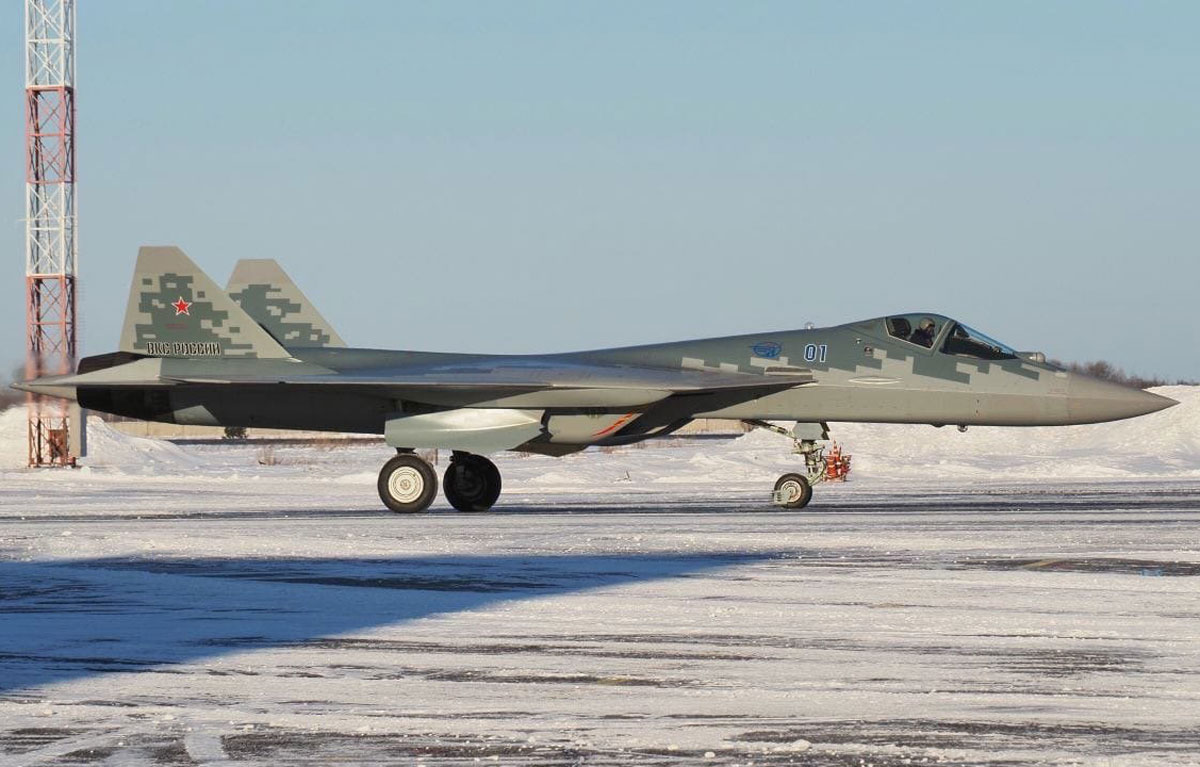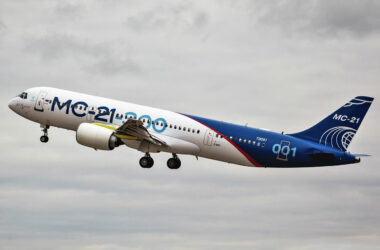A history of great success in commercial aviation is close to ending in the next few days. After nearly three decades in production, the last of the CRJ regional jets was completed at Bombardier’s facility in Mirabel (Canada).
About to be delivered to Delta Air Lines, the 1,945th aircraft must undergo engine tests before the last checks, according to reports – the manufacturer has not officially commented on the matter since the rights to the jet line belong to Mitsubishi Heavy Industries.
According to the agreement signed between the two groups, MHI took over the entire after-sales service network as well as supporting customers of the CRJ jets and will be able to offer improvements to the planes in the coming years. However, the agreement prevents the reopening of the assembly line, something that the Japanese did not want either.
Because of this arrangement, Bombardier continued with the production of the last 15 aircraft pending delivery. In September, one of its suppliers, the Swiss RUAG, sent the aircraft’s last tail section to Canada.
Tough dispute with Embraer
Since the 1990s, Bombardier and Embraer have fought a tough dispute over the regional aircraft market. After the Canadian manufacturer took the lead by adapting the Challenger business jet for commercial flights, which debuted in 1992, the Brazilian company only managed to make the ERJ 145 (originally EMB 145) viable in 1997, when it delivered the first plane to Continental Express.
The fierce fight between the two companies for orders ended at the WTO (World Trade Organization) on account of subsidies on the sales of both aircraft. Bombardier took advantage in the beginning, due to the potential to expand the capacity of the CRJ line, while Embraer ended up developing smaller variants without the same success.
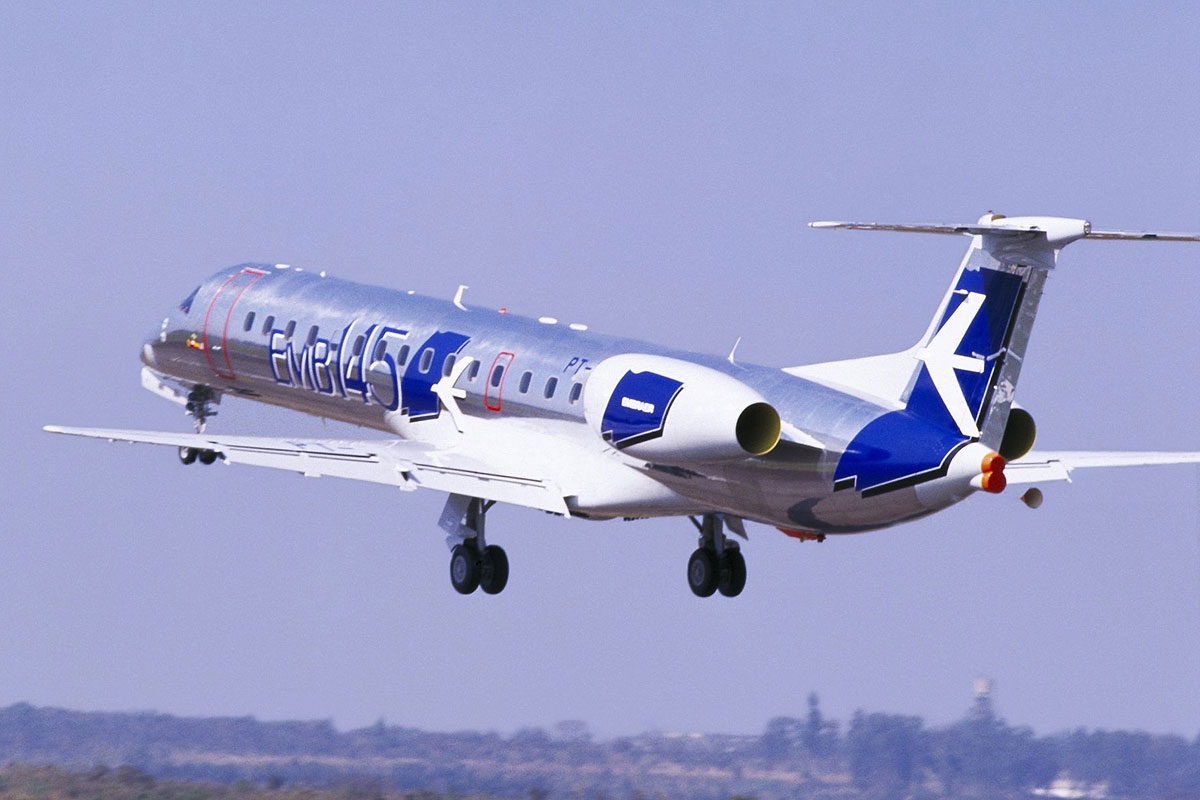
The CRJ100 and CRJ200 models alone had more than 1,000 orders, behind the 1,230 ERJ aircraft delivered by Embraer. However, the larger CRJ700/900/1000 series, with seats between 65 and 104 seats, made Bombardier have a short lead in the market until the Brazilian planemaker launched the successful E-Jet family.
Time-consuming and fatal response
Although the first CRJ700 started service in 2001 and the CRJ900 in 2003, Embraer soon introduced the E170 and E190, which offered better performance and more comfort, inverting the Canadian advantage.
Despite the design limitation, Bombardier still launched an even larger variant of the CRJ, the CRJ1000, with more than 100 seats, however, only 63 units were ordered.
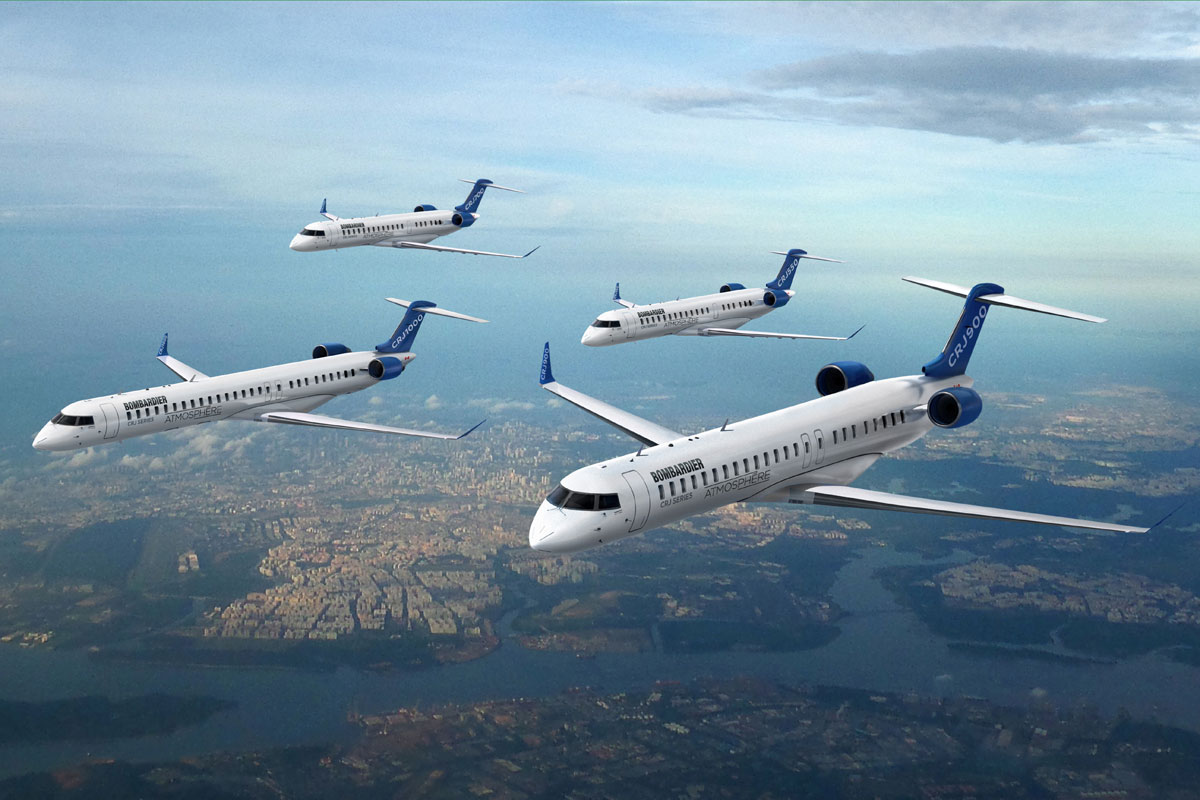
The path chosen by the company was to launch a new family, bigger and more efficient than the E-Jets. The C Series program proved its technical skill by giving rise to two aircraft of impressive performance, but which ended up costing Bombardier dearly.
The long development has damaged the company’s finances to the point that it is necessary to sell the program to Airbus, which renamed it A220. Without its best product, Bombardier also had to get rid of the CRJs, in negotiations concluded this year.
None of this, however, detracts from the CRJ family, which has contributed, together with the ERJs, to expanding the number of cities served by commercial jets, reducing distances and offering a faster and more comfortable journey for millions of passengers worldwide.

